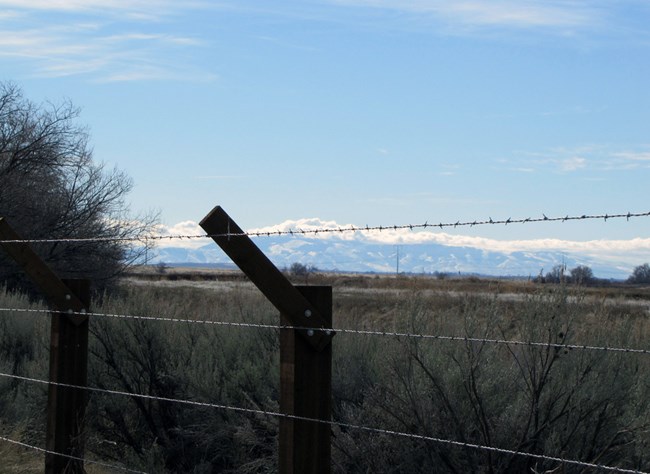
NPS Photo
Overview
Minidoka National Historic Site was established to preserve the historic features and interpret the history of the former Minidoka Relocation Center (established by the War Relocation Authority in 1942). Much of the former Site land has been planted to crops requiring irrigation including alfalfa, field corn, sweet corn, sugar beets, barley, rye, wheat, beans, and potatoes. The flat to undulating terrain around the Site supports up to 250 species of vascular plants and includes examples of native and non-native plant communities indigenous to this area.The Minidoka National Historic Site Vegetation Inventory Project delivers many geospatial and vegetation data products, including an in-depth project report discussing methods and results, which include descriptions to vegetation associations, field keys to vegetation associations, map classification, and map-class descriptions. The suite of products also includes a database of vegetation plots, and accuracy assessment (AA) sites; digital images of field sites; digital aerial imagery; digital maps; a contingency table listing AA results; and a geodatabase of vegetation, field sites (vegetation plots, and AA sites), aerial imagery, project boundary, and metadata.
Products
The products of vegetation mapping projects are stored and managed in the National Park Service's Data Store, a repository for documents and publications relating to park resources. From the highlighted items below, click on the type of information you are looking for.
Last updated: October 18, 2018
